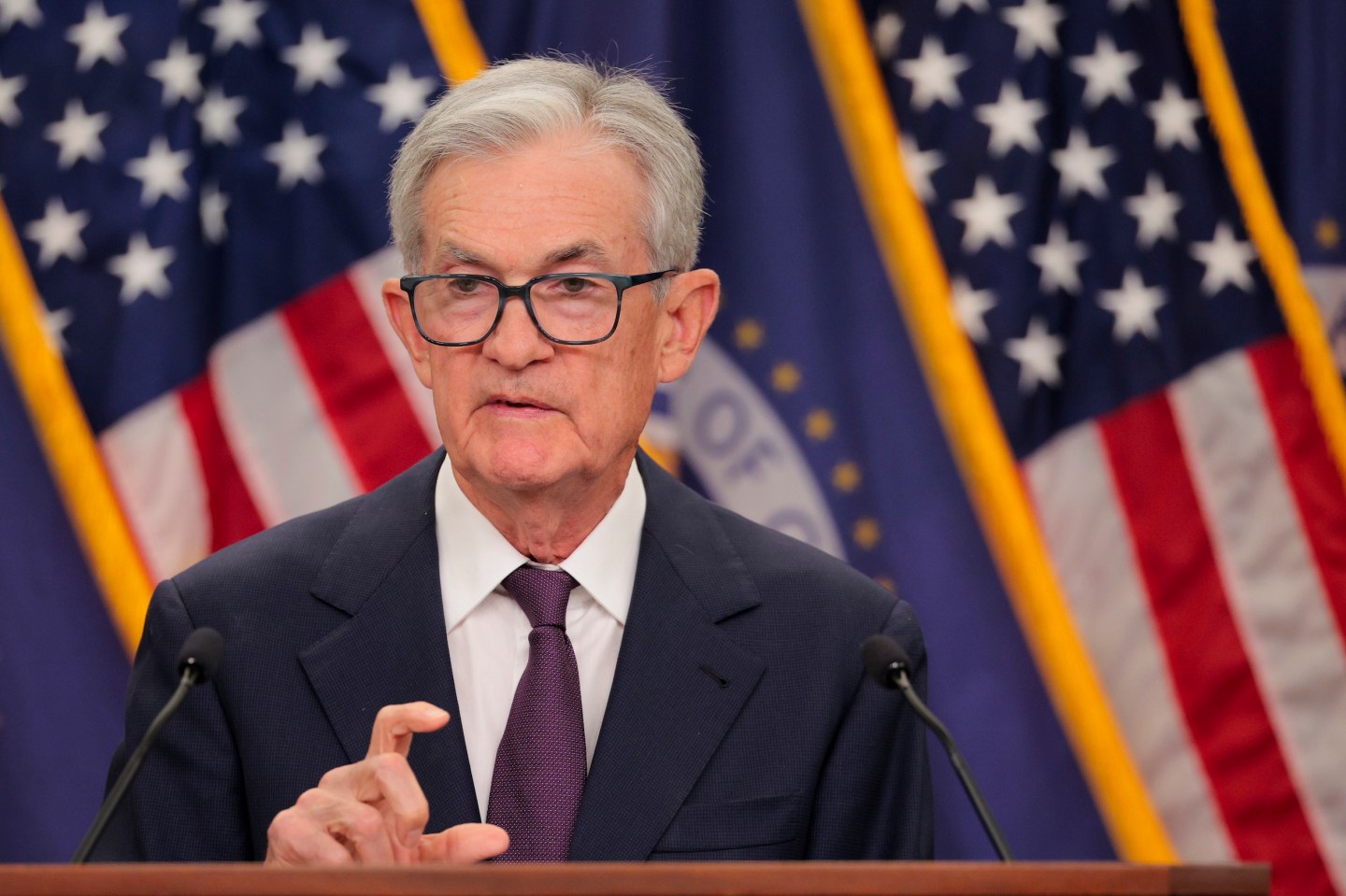- The Fed is forecasting economic growth and falling unemployment, yet it is cutting interest rates—something usually seen in recessions. U.S. stocks hit a record high yesterday, and some Wall Street analysts are concerned that this all looks a bit frothy.
The U.S. Federal Reserve’s “Summary of Economic Projections,” published this week, shows that the central bank believes the economy will grow through 2028. In June, their change in GDP estimate for 2025 was 1.4%. Now, it’s 1.6%. It’s even rosier for 2026: 1.8%, rising to 1.9% in 2027.
At the same time, the Fed sees the unemployment rate falling from 4.5% now to 4.2% in 2028.
So why did the Fed cut interest rates on Wednesday?
Normally, if a central bank believes the economy is growing and unemployment is falling, then it would keep interest rates on hold or even raise them to guard against the inflation that usually occurs when a tightening labor market meets increased demand from employers.
Yet the Fed’s dot plot—a summary of where the Federal Open Markets Committee thinks interest rates will be in the future—shows that the Fed’s people see interest rates declining toward 3% over the next few years.
Liz Thomas, head of investment strategy at online bank and finance platform SoFi, thinks the Fed might be playing with fire.
“The problem is, the Fed’s rate projection moved down in both 2025 and 2026, meaning the committee sees more rate cuts coming than it did in June. Why cut more if the economy is expected to strengthen and inflation is expected to rise? Something isn’t adding up,” she wrote recently.
The Fed’s answer is that it sees inflation declining to 2% by 2027-2028. (Exactly how the U.S. economy will chart a course through hotter growth and shrinking unemployment without triggering inflation is an open question.)
At Deutsche Bank, Jim Reid and his team also noticed that the Fed appears to be behaving as if a recession is on the cards, even though its own projections show that it’s not. “The Fed has now delivered 125bps of rate cuts since September 2024, and both the dot plot and market pricing are pointing towards another two rate cuts by year-end. This is an interesting backdrop, as even with the 125bps already delivered, you have to go back to the 1980s for the last time they cut that rapidly in a non-recessionary environment,” he wrote this morning.
Stock investors, of course, love new cheap money. The S&P 500 hit a new all-time high yesterday, up 0.48% on the day to close at 6,631.96. The index is up nearly 13% this year.
SoFi’s Thomas worries that the market may be too frothy, although—given the Fed will likely continue cutting—that froth will be around for a while.
“After today’s news, I believe the risks to markets will increase in 2026. But if we focus on the present, the big question to finish the day is: Will investors continue chasing the rally higher, or will the recent rally fade on the heels of this meeting? For now, I think the market can continue moving higher,” she said.
Here’s a snapshot of the markets globally this morning:
- S&P 500 futures were flat this morning. The index closed up 0.48% in its last session, hitting a new all-time high at 6,631.96.
- STOXX Europe 600 was flat in early trading.
- The U.K.’s FTSE 100 was flat in early trading.
- Japan’s Nikkei 225 was down 0.57%.
- China’s CSI 300 was flat.
- The South Korea KOSPI was down 0.46%.
- India’s Nifty 50 was down 0.37% before the end of the session.
- Bitcoin fell to $117K.













